The stock extruder has been swapped with the F2.85 Orbiter extruder by Dr Robert Lorincz. https://www.thingiverse.com/thing:4860182
- This extruder is a direct driver extruder, and is very lightweight. Including the motor cable, I measured the weight at ~150 g. Purchase links can be found on Dr Lorincz's Thingiverse page.
- The cantilever X-axis gantry's maximum deflection was measured at approximately 0.1 mm, based on a test mass of 147.5 grams at the end of the arm, using a dial indicator secured to the toolhead.
The stock mainboard and LCD have been swapped with a RAMPS 1.4/Mega board combination, along with a 12864 full graphic smart controller LCD. These components were selected based on the low cost, thorough documentation, and most importantly: the ability to swap out stepper driver sticks.
- The board allowed the use of stepper drivers with variable vrefs: This allowed the stepper current to be set for the extruder motor, which required much higher current than the stock extruder motor.
- The board/firmware can be used for future upgrades/modifications/add-ons, due to the thorough documentation, as widespread use in the reprap community
- The stock board was left in the case, as it is unobtrusive.
The stock A4988 stepper drivers chips (soldered on the stock mainboard) were replaced with BigTreeTech's TMC2208 stepper driver sticks.
- Stealthchop mode allows much quieter printing
- UART allows the stepper current to be set quickly, easily and accurately
The stock hotend was replaced with a 2.85/3.0mm hotend in a V6 style, with a direct-style heatsink. This was a cheap option to prove the concept of this setup.
Next Steps:
- The case fan will be replaced with two low noise 40mm fans in the near future, as this is one of the loudest sources of noise.
- The 30mm sleeve bearing fan will be replaced with a 40mm fan, as the life expectancy of the 30mm fan is quite short.
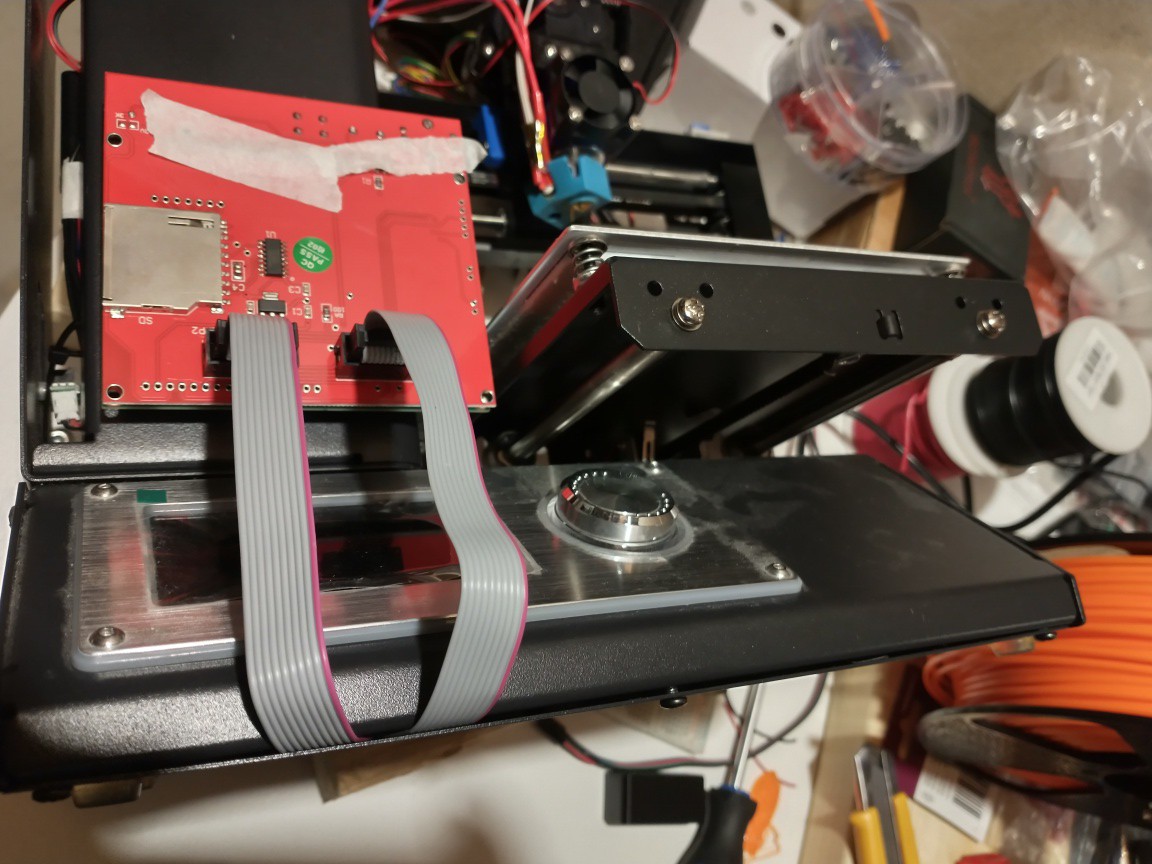
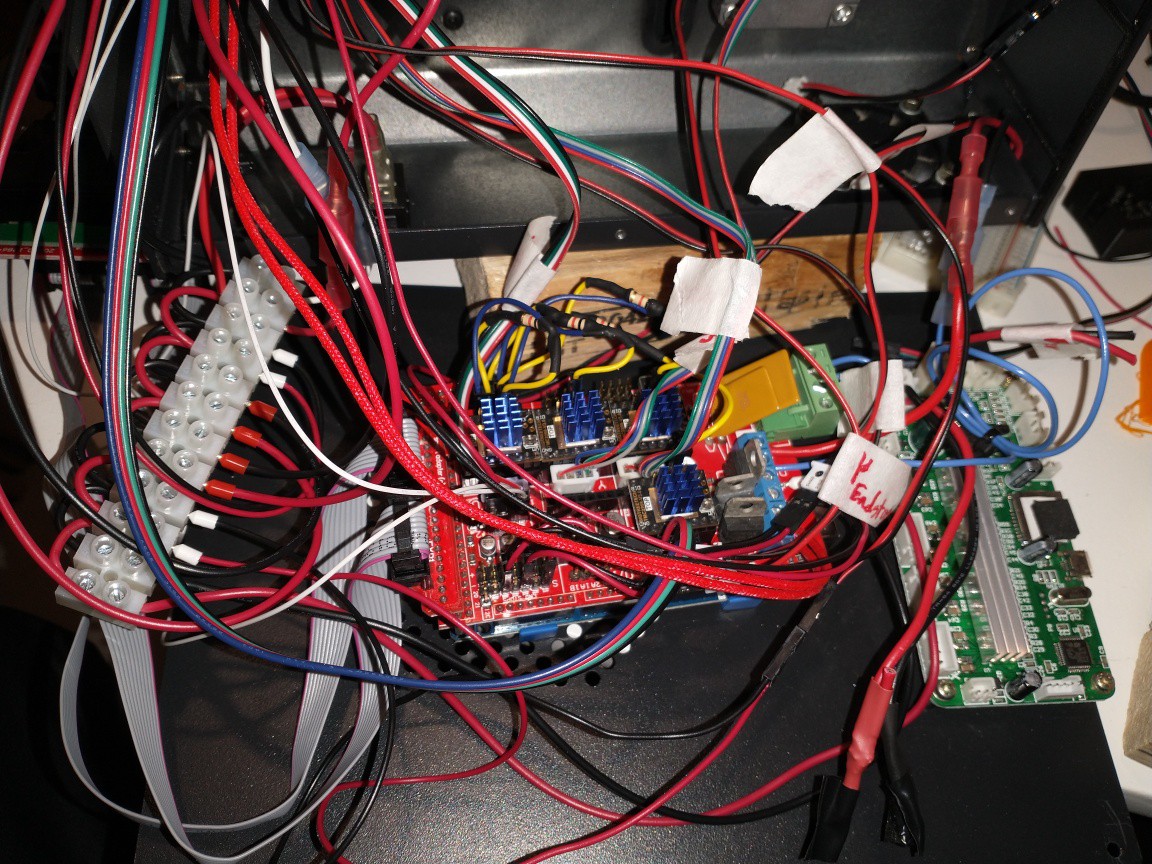
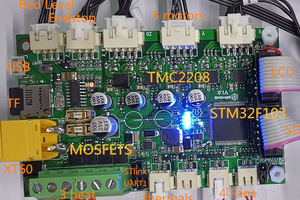
 robert
robert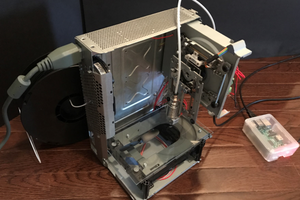
 Kernal BT
Kernal BT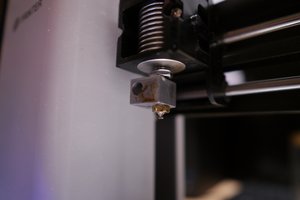
 Sina Roughani
Sina Roughani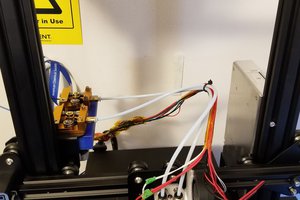
 P
P